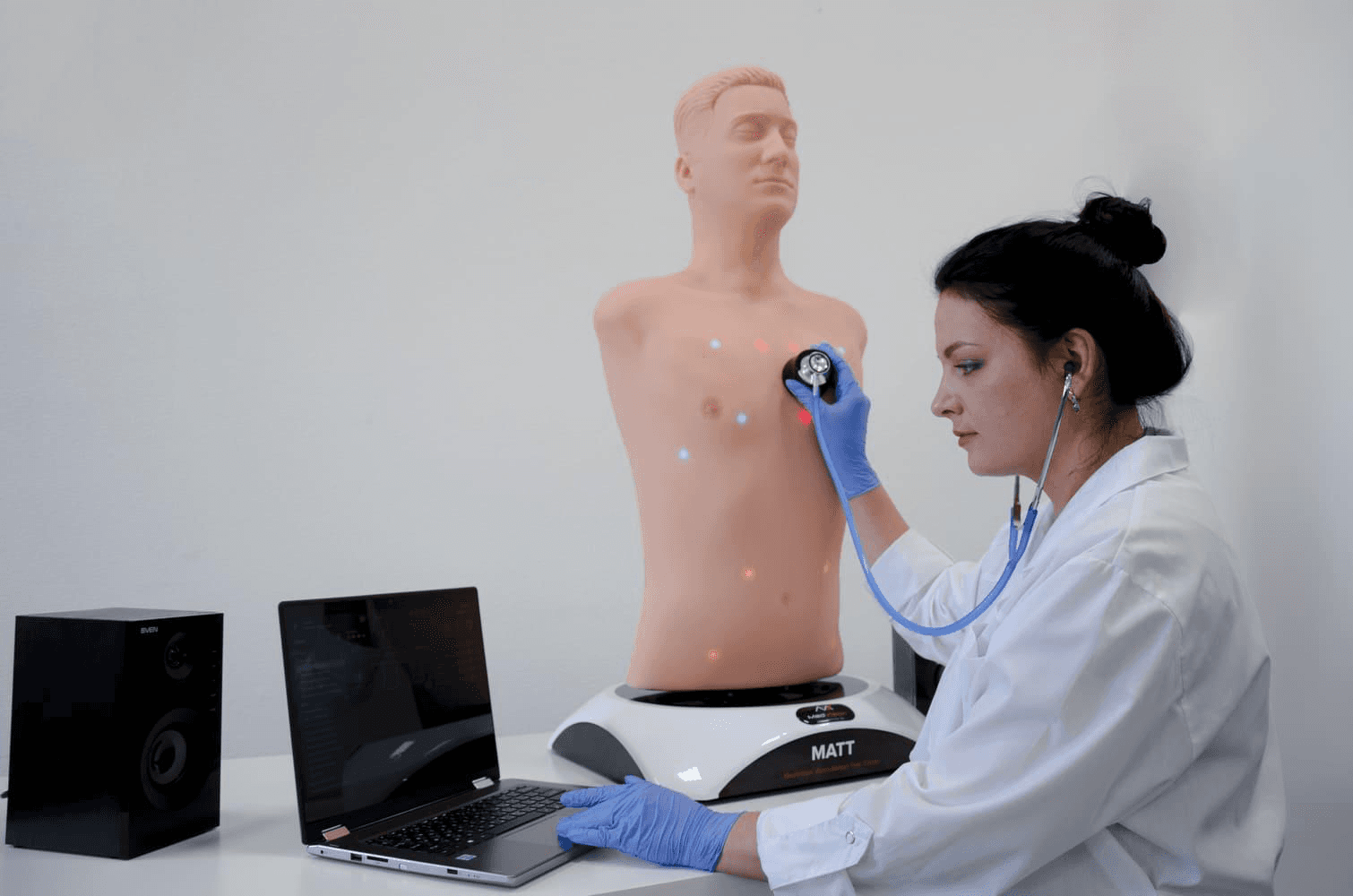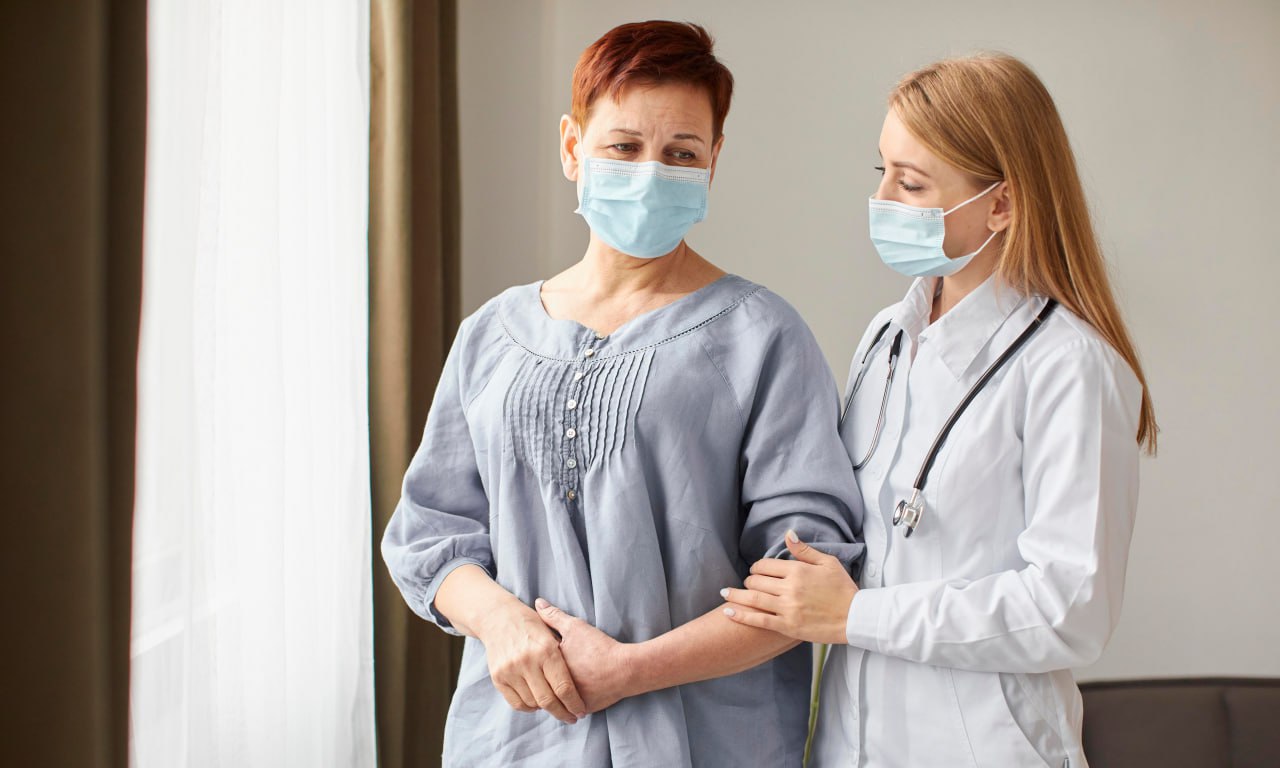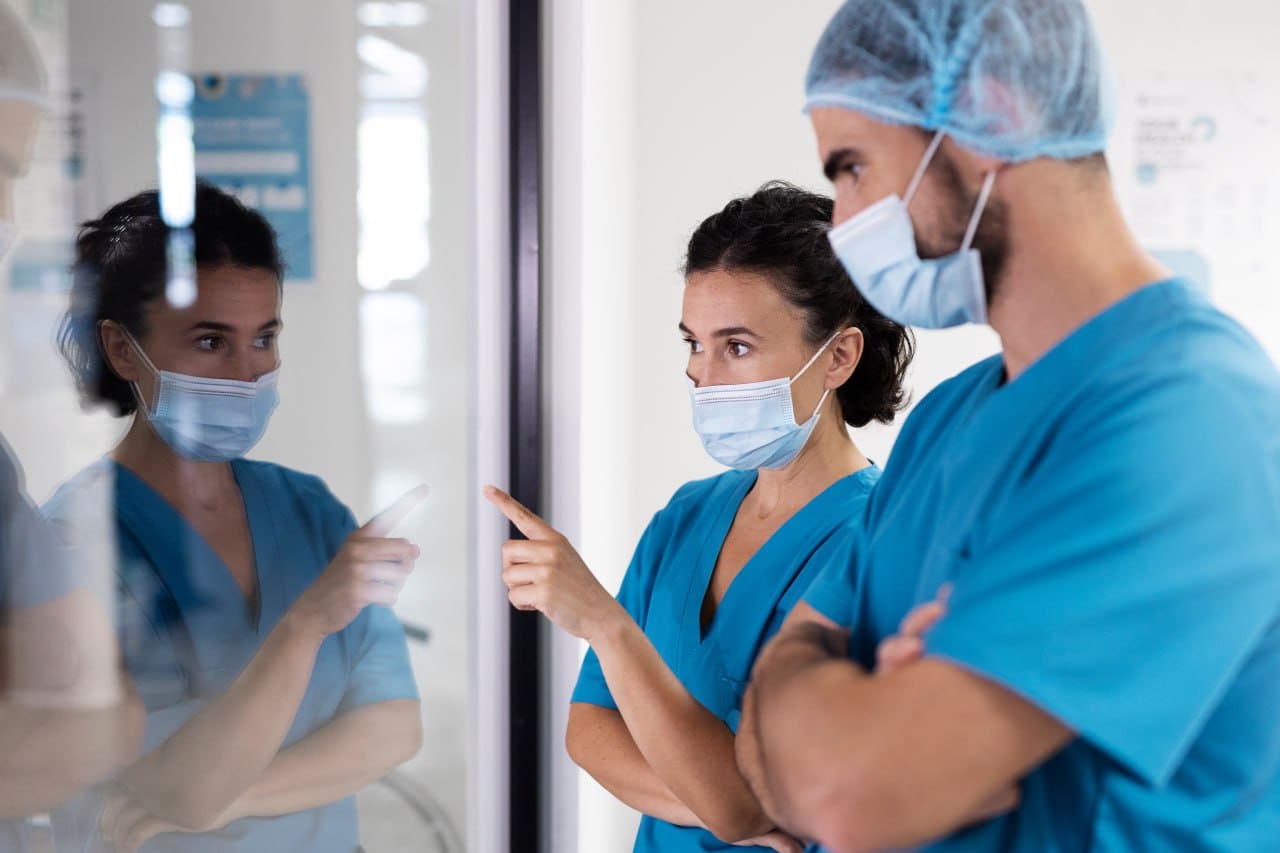
How to Learn Nurse Skills with High-Fidelity Clinical Simulation
Becoming a nurse today requires far more than memorizing textbook definitions and passing standardised exams. It demands fluency in human anatomy, diagnostic sensitivity, and real-time critical decision-making. If you're wondering how to learn nurse competencies in a way that reflects real-world demands, the answer lies in hybrid education — where classroom theory is complemented by experiential nursing training through high-fidelity simulation.
What is the most effective way to learn nursing skills?
Nursing is the science and art of patient care, demanding both intellectual rigor and empathic presence. To truly learn nursing in a professional sense, one must master technical procedures, emotional regulation, and diagnostic thinking in parallel. This isn't simply a checklist of nursing competencies — it’s a cognitive transformation shaped by real experience.
That’s where advanced nurse-patient simulation enters the picture. Modern clinical environments are unpredictable, and traditional models of nursing education struggle to prepare nurses for this variability. Simulation-based learning redefines how nursing students train by placing them in life-like patient encounters that mimic the pressure, pace, and complexity of real wards.
Why nursing simulation training is reshaping nursing education
Today’s healthcare educators face a dual challenge: deliver robust clinical knowledge and ensure it translates into confident, accurate nursing care. The traditional apprenticeship model — shadowing seasoned nurses or waiting for rare clinical events — no longer scales to meet this demand.
Simulation offers a safe, structured, and endlessly repeatable environment where learners can confront emergencies, make decisions, and reflect without harming actual patients. In these rehearsed crises, nursing students engage not just with symptoms, but with nuanced patient narratives. From cardiac murmurs to neurological decline, simulators now recreate it all.
These aren’t passive mannequins. The most advanced tools respond with dynamic vitals, subtle visual cues, and even emotional triggers — teaching not only how to perform but how to perceive. Nurses-in-training become attuned to early signs of deterioration, honing intuition that no lecture can instill.

Which tools enhance tactile, diagnostic and emotional readiness?
Tactile skill is essential in nursing — from locating pulses to performing intramuscular injections. But equally critical is the ability to decipher what a patient’s body is silently communicating. To teach this, simulation platforms now include systems that replicate auscultation variance, skin tone changes, or pupil dilation under shifting light. One such system even responds to medication administration in real time, altering vitals accordingly.
Take auscultation, for instance — a deceptively difficult skill for early nurses. It requires more than just hearing: one must locate, interpret, and contextualize sounds amidst anatomical variation. Simulated thoracic surfaces now include features like scoliosis-induced displacement or intercostal narrowing, forcing nursing learners to adapt their technique with each patient model.
This realism doesn’t just prepare for exams; it prepares for night shifts, trauma bays, and the split-second decisions that define modern nursing practice.
How do nursing students learn to assess full-body systems?
Assessment in nursing is a holistic endeavor. It’s not enough to notice an erratic heart rate — you must understand why it’s happening and how it connects to the respiratory pattern, skin temperature, and patient history. This interconnected thinking is best cultivated through multimodal learning environments that simulate full-body systems in synchronized fashion.
One of the most compelling innovations in this space is the digital anatomy visualization table. With it, nursing students can explore cross-sections of the human body in 3D, layer by layer, system by system. Unlike static atlases, these platforms allow for real-time manipulation — zooming, rotating, isolating musculature or vasculature, even tracing the path of a catheter.
This fosters a spatial understanding of the body that is critical during hands-on nursing care. Nurses no longer learn anatomy as an abstract grid of Latin terms — they learn it as a living map for injections, assessments, and emergency interventions.
Moreover, these tools facilitate collaborative learning. Multiple nursing students can interact with the same scenario simultaneously, discussing observations, defending diagnoses, and refining their decision-making under the pressure of simulated time constraints. It’s in these settings that the raw material of knowledge is forged into clinical nursing judgment.

Why does cutting-edge training matter for the future of nursing?
Because the future of nursing isn’t just about more hands — it’s about smarter, more prepared ones. As healthcare systems grow more complex and patient acuity rises, nurses must be able to think critically, act fast, and adapt constantly. This demands not only knowledge but mastery — and mastery comes from practice.
Technological advancements in simulation and virtual training provide exactly that. Whether through dynamic anatomy tables, real-time ultrasound simulators, or manikins capable of simulating hemorrhagic shock, nursing students can now immerse themselves in safe but realistic environments that prepare them for everything from routine care to critical emergencies.
In short, to truly learn nurse, one must do more than memorize and observe. One must practice with purpose, reflect deeply, and engage the full spectrum of technical and human nursing skills.
Simulation doesn’t replace the heart of nursing — but it gives that heart the environment to beat stronger, faster, and wiser from day one.
Immerse yourself in a demo to see how MedVision transforms traditional learning into an engaging, interactive experience
Subscribe for the Latest News!





